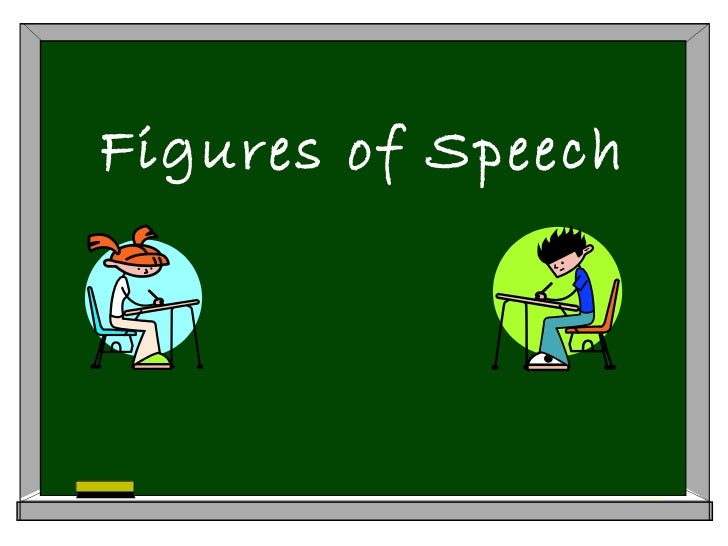

Hyperbole: Exaggerating to highlight a feature or quality People often use figures of speech in everyday conversation.
Make the content more relatable and enjoyable. Connect ideas that do not have an apparent relationship. Enhance understanding through the use of comparisons. These figurative language tools effectively bring words to life, taking readers on a journey through the writer’s intent. Figures of speech communicate information in a more lively and colorful way. Why Do Writers Use Figures of Speech?Ī skilled writer will use a figure of speech to develop a more memorable description, create an unforgettable impression or convey a specific atmosphere or feeling. 
Figure of Speech Definitionįigure of speech (noun): a word or phrase that intentionally deviates from its literal meaning to produce a rhetorical effect, emphasize or embellish language or create a striking impression.

The intended meaning differs from its ordinary meaning to create an enhanced experience. This literary device can be in the form of a phrase or a single word.

What Is Figure of Speech?Ī figure of speech involves using language in a unique way to paint a distinct picture for the reader. In this way, writers and speakers can suggest visuals, create rhetorical effects or produce vivid ideas. Using figures of speech communicates deeper meaning to deliver more expressive imagery to the listener or reader. Basically, I complain a lot, using figure of speech devices like apostrophe, personification and hyperbole.ĭescribing events in a literal way can be dry and uninteresting. I also tend to complain about the ton of socks that need folding and the millions of things I have to do. “My computer hates me,” is a common phrase I mention to people nearby. (To "throw a party in our guests' mouths" is more impactful and inspiring than "our food needs to be tasty.Often, I find myself addressing my computer directly, begging it to cooperate with me. Got it?ĭid someone just call me Geoff? (Comedian Chris Wells)
Team, we must throw a party in our guests' mouths. There is often a strong sensory element to a figure of speech (e.g., creating a vivid image in your readers' minds), and this can help to make your writing more memorable and impactful. During interphase, the protein binds to DNA with its elbow and then digs in with its fingers during mitosis. Such analogies bring writing to life by adding clarity, emphasis, bias, or interest.Ī figure of speech can be useful for explaining a new or complex idea by relating it to something familiar. Typically, the comparison is something simpler, more familiar, or more graphic. Often a figure of speech will be an analogy that frames a point as something else in order to explain it. a suit = business executive, a lawyer (typically). Capitol Hill = American seat of government. For example:Ī metonym is a term used in place of a closely related term. Say what you mean.Ī euphemism is the use of agreeable or inoffensive words to replace rude or offensive ones. I'll die if I don't finish this crossword.Īn idiom is commonly used expression whose meaning does not relate to the literal meaning of its words. Hyperbole is an exaggeration or extravagant statement used for effect. Personification is when non-human objects are given human traits. This sandwich tastes like sawdust between two doormats. We don't need dinosaurs in this company.Ī simile likens one thing to another (usually achieved by the use of the word "like" or "as"). These examples employ words in their non-literal meanings:Ī metaphor asserts that one thing is something that it literally is not. Here are some examples of figures of speech. As the term "figurative language" includes techniques that might employ the literal meanings of words (e.g., alliteration, assonance, consonance, logosglyphs, onomatopoeia), an alternative definition for "figure of speech," under this broader definition, is "the use of words in an unusual or imaginative manner." Some sources do not differentiate between "a figure of speech" and figurative language. Similes, idioms, personification, hyperbole, and euphemisms. The most common types of figures of speech are metaphors, A figure of speech is often used to portray an idea more clearly or more interestingly. What Is a Figure of Speech? (with Examples)Ī figure of speech is an expression whose words are not used in their literal sense.








 0 kommentar(er)
0 kommentar(er)
